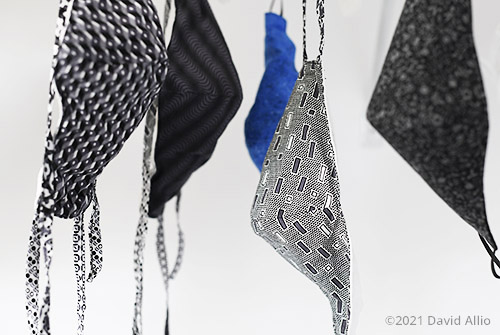“Cloth face masks were first used by surgeons in 1897 to prevent contamination of the surgical site, and in the early 20th century to prevent the spread of infectious diseases in the community, including during the 1918–19 influenza pandemic. In the 1920s and 30s their efficiency in excluding bacteria, and clinical efficacy in reducing surgical site infections, were demonstrated in experimental and observational studies. These studies showed that mask efficiency was directly related to the closeness of the mesh and the number of thicknesses of gauze,” according to a Be Covid Safe document produced by the Australian Government – a nation with near zero transmission one year after their first Covid-19 outbreak.
That paper goes on to report, “Reusable cloth masks should be washed after each use or at least daily. Prolonged use, reuse without washing and touching or adjusting masks can lead to self-contamination and infection (of the wearer). They are increasingly less effective as they become increasingly damp.”
Additionally, in testing multiple-layer fabric masks had equal protection qualities to medial masks, plus some advantages: “Cotton performed better at higher thread counts. Washable, reusable fabrics such as cotton reduce adverse environmental effects of widespread use of disposable, non-biodegradable face masks.”
focal length: 50mm | exposure: f/3.5 – 1/100th second – ISO 1600
